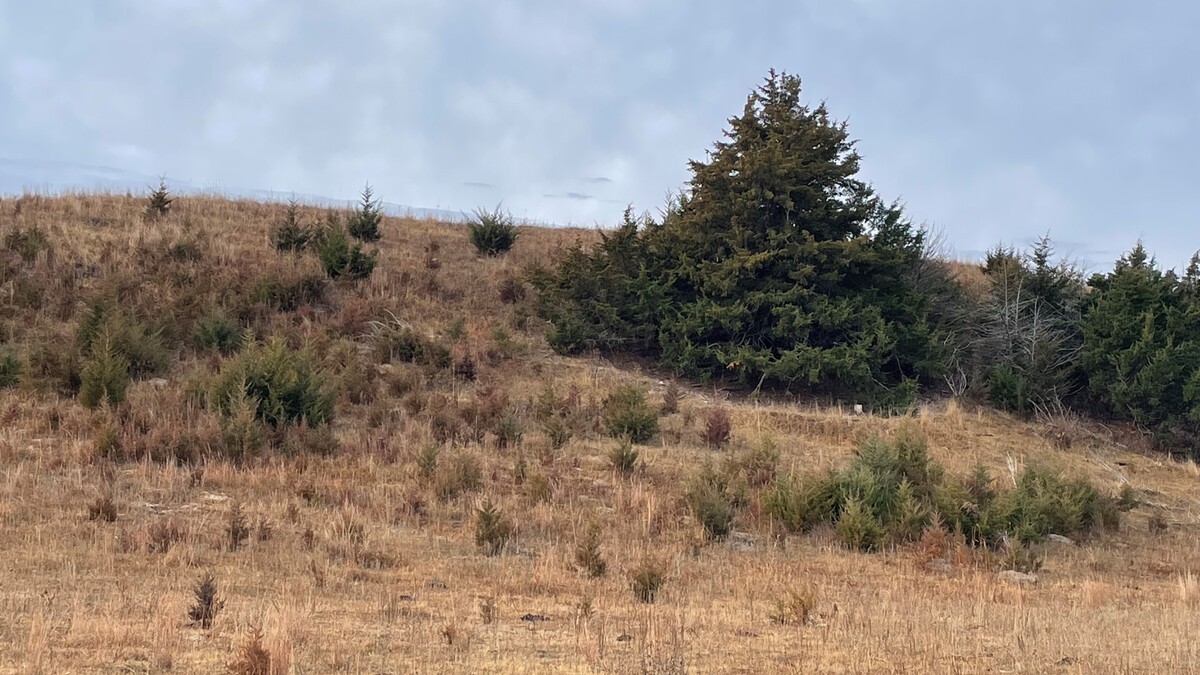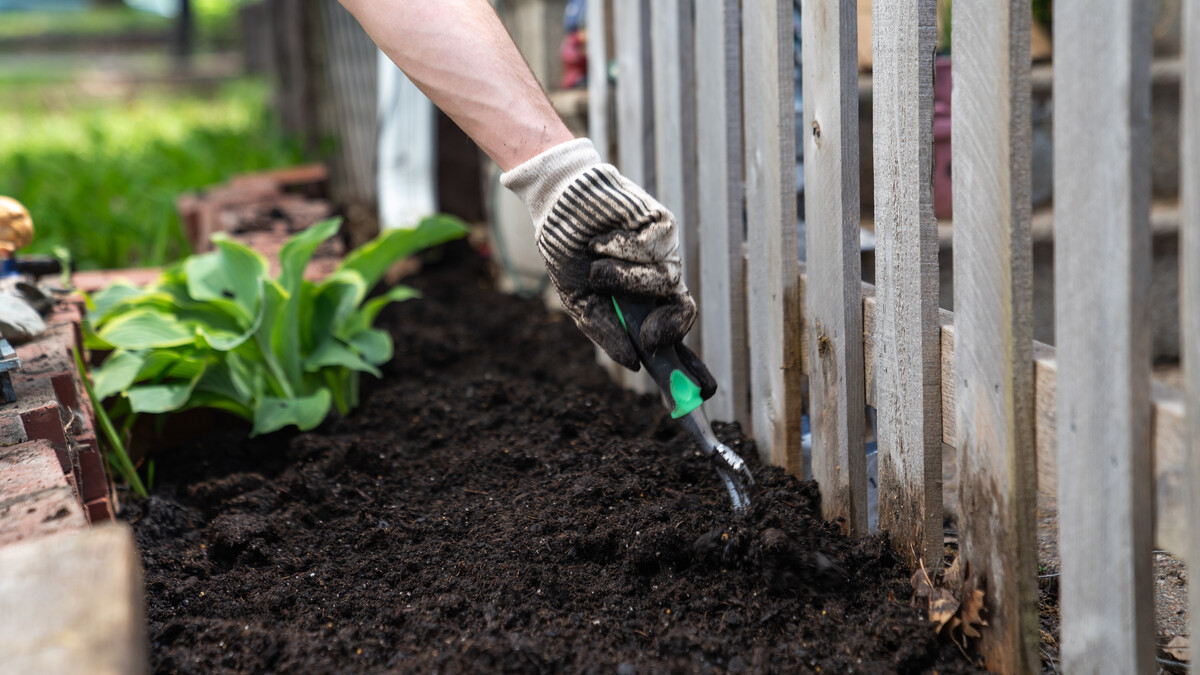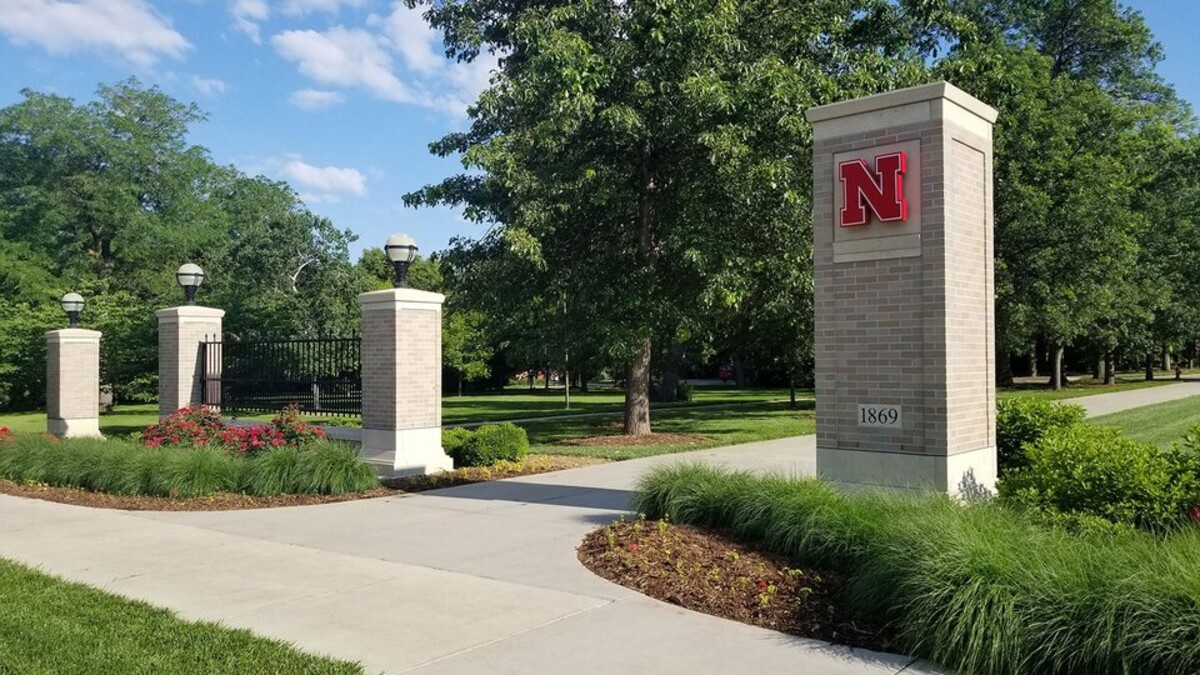
Lincoln, Neb. —The Department of Agronomy and Horticulture’s Daniel P. Schachtman, is internationally renowned for his research in plant mineral transport, nutrient signaling, abiotic stress tolerance and crop root-soil microbiome interactions.
Schachtman has been named a George Holmes Professor of Agronomy and Horticulture by the University of Nebraska–Lincoln Office of the Executive Vice Chancellor. The professorship recognizes faculty members who have shown an extraordinary level of scholarly or creative achievement and clear potential for continuing accomplishments. He and six other university faculty will be recognized at a luncheon this fall.
He also serves as director of the Nebraska Center for Biotechnology, which provides research core facility services to assist the University of Nebraska–Lincoln life sciences community in their research, and external academic and industrial scientists.
Schachtman arrived at the University of Nebraska–Lincoln in 2014 after spending five years at Monsanto. Before Monsanto, he was one of the founding principal investigators at the Danforth Plant Science Center in St. Louis for 11 years.
In the past six years at Nebraska, the Schachtman Lab has been successful in funding the research in his lab through the U.S. Department of Agriculture, U.S. Department of Energy, and National Science Foundation – Nebraska’s Established Program to Stimulate Competitive Research grants along with some internal start-up funds.
“Nebraska has been a perfect place for me to develop research projects focused on plant abiotic stress tolerance with emphasis on drought and low nitrogen and on how roots and soil microorganisms interact,” Schachtman said.
Prior to Nebraska, Schachtman studied various aspects of plant root function, including membrane transport of mineral nutrients and hormones, the physiological basis of salt tolerance in wheat and plant root response to low nutrients and drought.
Since arriving at the university, he has developed research projects on soil microbial interactions with plant roots. Schachtman studies how microbiomes change due to environmental stresses and he uses the data to identify microbes that might help crop plants grow better in stressful environments. In addition to identifying microbes to enhance crop yields he aims to to determine how plants modify their microbiomes through changes in root exudates to ultimately develop crop varieties that more effectively cultivate beneficial microbes and exclude pathogens.
In 2015, Schachtman and a large team of researchers from across the United States were awarded a $14.5 million grant from the DOE. With this grant, they have been developing systems for the growth of more sustainable biofuel feedstocks. The team is working on energy sorghum and it has given Schachtman the opportunity to combine his interests in plant abiotic stress physiology and genetics with soil microbiology.
The project has capitalized on the varying soils and climates present in Nebraska. Drought testing is done with Cody Creech of the Panhandle Research and Extension Center near Scottsbluff, where the summers are very dry compared to eastern Nebraska.
The low nitrogen sites are near Central City, Nebraska, where the soils are sandier and don’t hold onto the nitrogen, and near Mead, Nebraska, on a low nitrogen field that has been used by various faculty in the Department of Agronomy and Horticulture, including Schachtman’s collaborator Ismail Dweikat, since the 1990s.
Another major project in the Schachtman Lab, funded by NSF-EPSCoR, is a project comprised of more than 15 faculty at Nebraska. The focus of the work is on the characterization of maize root exudate variation and how that impacts the rhizosphere microbiome. In collaboration with Karin van Dijk, associate professor of biochemistry, and Sophie Alvarez, research associate professor in the Center for Biotechnology, and two postdoctoral researchers, they have screened a large collection of maize lines for variation in about 20 different root exudates.
In addition to these projects, Schachtman has published several papers on how the root and rhizosphere microbiomes change with environmental factors in both agricultural fields throughout Nebraska and in the rangelands of the Nebraska Sandhills.
Nebraska’s diverse landscapes, soils, climate and excellent state-wide collaborators have given Schachtman ideal conditions for his research from which the university, the agronomy industry and world continue to benefit.







